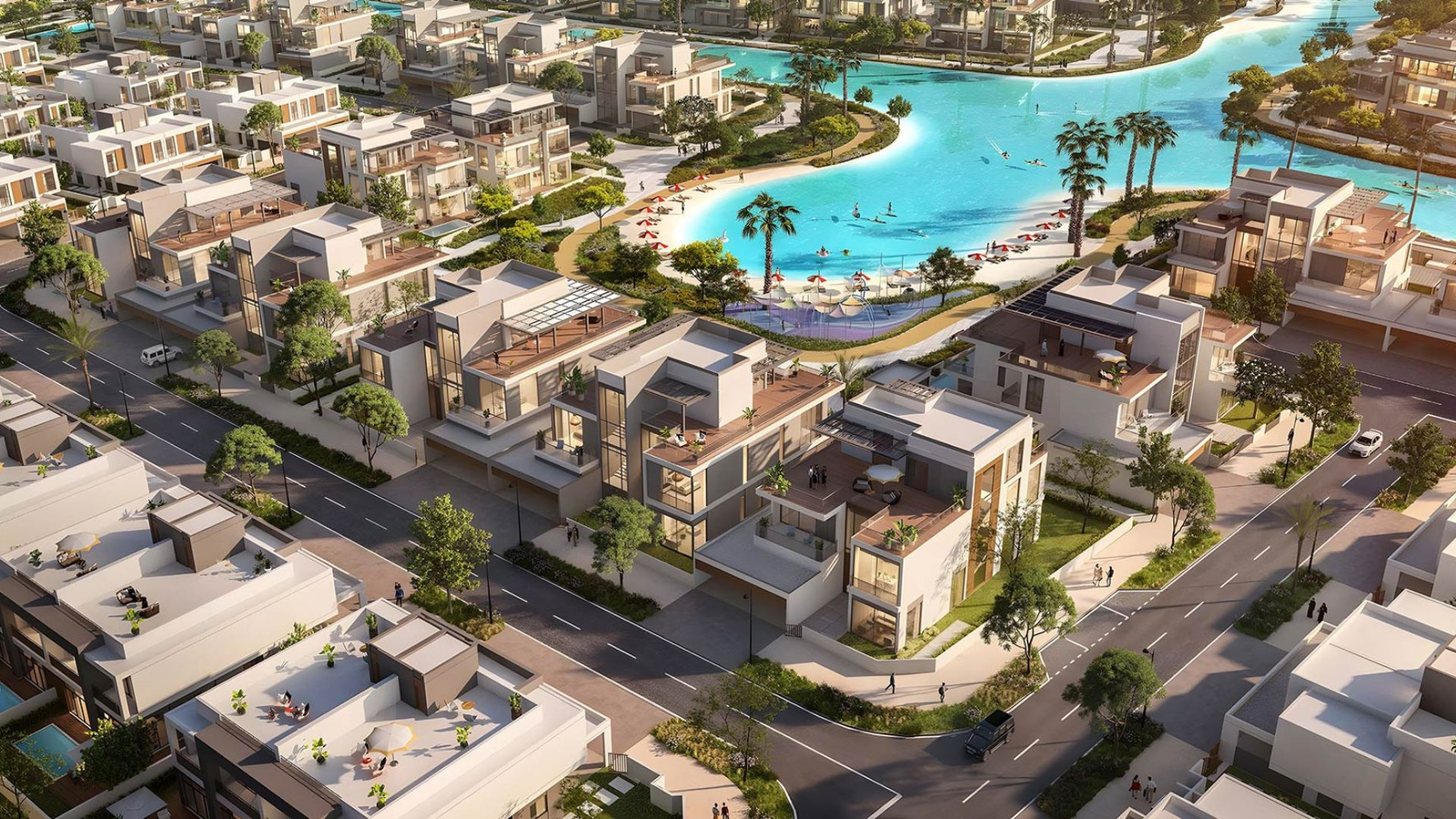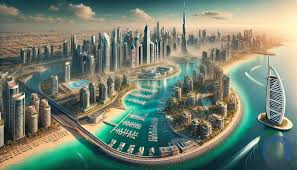Now Reading: Clean Energy Revolution Changing the Middle East in 2025
-
01
Clean Energy Revolution Changing the Middle East in 2025
Clean Energy Revolution Changing the Middle East in 2025
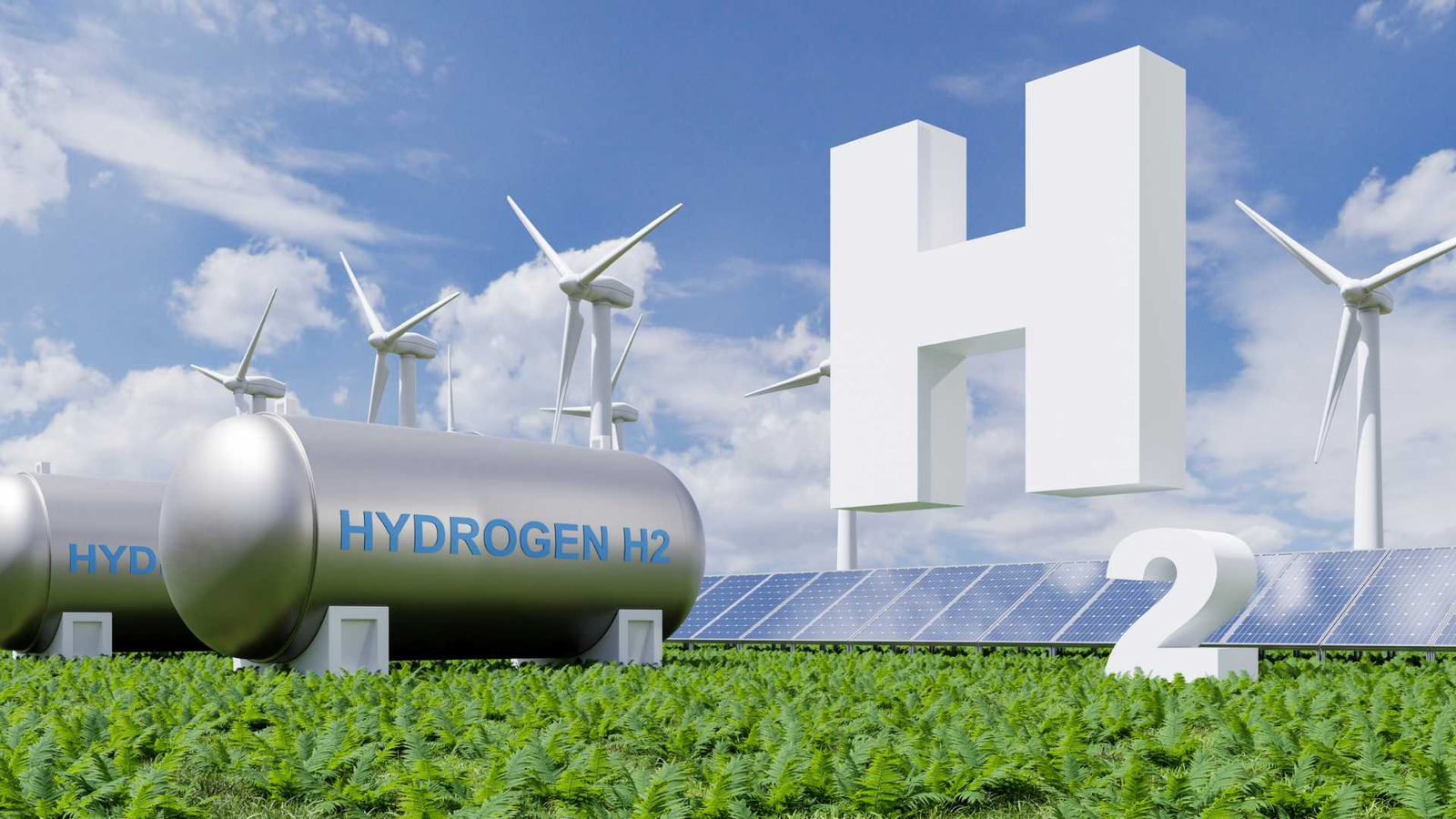
Table of Contents
The Middle East has long been known for its oil and gas wealth. But in 2025, a different kind of energy is making headlines—clean, green, and renewable. Across the region, countries are investing billions of dollars in solar, wind, hydrogen, and sustainable technologies. The goal? To cut carbon emissions, diversify economies, and lead the world in clean energy innovation.
Here’s a detailed update on how the Middle East is embracing clean energy in 2025.
A New Era for Energy in the Gulf
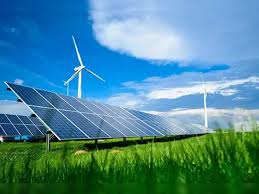
From Oil Fields to Solar Fields
Countries like the United Arab Emirates (UAE), Saudi Arabia, Oman, and Qatar are accelerating their transition from fossil fuels to renewables. The shift is both economic and environmental.
In 2025, solar power is the fastest-growing energy source in the Middle East. Thanks to abundant sunshine, falling costs, and government support, massive solar farms are now operational or under construction in nearly every GCC country.
- The UAE’s Mohammed bin Rashid Al Maktoum Solar Park is now in its final phase, reaching a massive 5,000 MW capacity. It is one of the largest solar farms in the world.
- Saudi Arabia’s Sudair Solar Project, a key part of the country’s Vision 2030 plan, is generating 1,500 MW of clean electricity and powering hundreds of thousands of homes.
- Oman is investing in concentrated solar power (CSP) and hybrid solar-desalination systems, aiming to supply clean water and power together.
Governments are not just building solar power—they are also reforming laws, setting clean energy targets, and offering incentives for private investment.
Wind Power Rising in the Desert
While solar energy leads the race, wind energy is also gaining ground, especially in Saudi Arabia, Egypt, and Morocco.
- Saudi Arabia’s Dumat Al Jandal wind farm has become the kingdom’s first and largest operational wind project, producing 400 MW.
- Egypt has developed the Gulf of Suez Wind Project with over 2 GW of planned capacity by 2026, supported by international partners.
- Morocco, already a global leader in renewable energy, is expanding its wind capacity further in 2025 to help meet its goal of 52% renewable energy mix by 2030.
Green Hydrogen: The Next Big Thing
In 2025, one of the most exciting developments in the Middle East’s energy story is green hydrogen. It’s seen as a fuel of the future—clean, storable, and versatile.
Several countries are racing to become major producers and exporters:
- NEOM, Saudi Arabia’s futuristic city, is home to a $8.4 billion green hydrogen plant that will begin operations by the end of 2025. It will produce 650 tons per day of hydrogen using wind and solar power.
- The UAE’s Masdar is leading multiple pilot hydrogen projects and aims to become a hub for hydrogen exports to Europe and Asia.
- Oman’s HYPORT Duqm project, developed with international partners, is a large-scale green hydrogen and ammonia facility set for completion in the coming years.
Hydrogen could power industries, ships, trucks, and even airplanes, while also helping countries meet net-zero carbon goals.
Policy Support and Global Partnerships
Clean energy development in the Middle East is not just about technology—it’s also driven by strong government policies and global partnerships.
Many countries have introduced:
- Net-zero targets: UAE by 2050, Saudi Arabia and Bahrain by 2060.
- Energy diversification goals: For example, Saudi Arabia plans to generate 50% of its electricity from renewables by 2030.
- Carbon trading schemes and green bonds to fund sustainable projects.
In 2025, partnerships with the European Union, Japan, China, and the United States are growing. These include financing, technology transfer, and clean energy trade agreements.
Major companies like ACWA Power, Masdar, Engie, Siemens Energy, and TotalEnergies are deeply involved in projects across the region.
Clean Energy Jobs and Economy
This clean energy boom is also creating tens of thousands of new jobs. From solar panel technicians to hydrogen engineers, the renewable energy sector is helping:
- Reduce youth unemployment in the region
- Upskill local talent in advanced technology
- Diversify national economies away from oil
According to the International Renewable Energy Agency (IRENA), the Middle East could see over 1 million clean energy jobs by 2030 if current trends continue.
Challenges Ahead
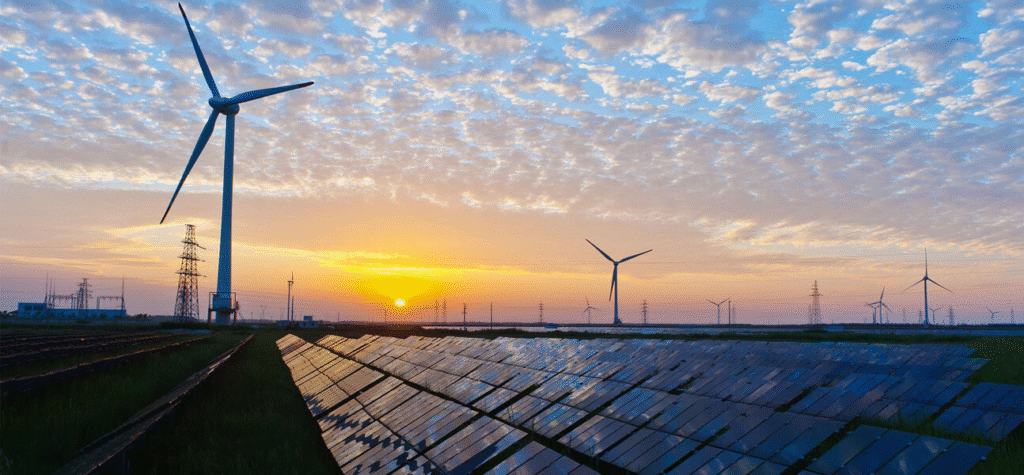
While progress is strong, there are still challenges in 2025:
- Water use in some renewable technologies, especially in desert regions
- Grid integration of intermittent solar and wind power
- Financing needs for smaller economies like Jordan or Lebanon
- Balancing traditional energy exports with green energy growth
Still, with the right policies and international cooperation, these challenges are being addressed.
A Greener Future for the Middle East
2025 marks a turning point for clean energy in the Middle East. Once seen only as an oil powerhouse, the region is quickly becoming a global leader in renewable energy, green hydrogen, and sustainable innovation.
As technology improves and investment grows, the Middle East’s clean energy journey is just getting started. For residents, businesses, and the planet, this shift promises a brighter and greener future.
Read More:- Deyaar’s Latest Announcement Shakes Up the UAE Property Market



